From Colombia to Chile to Cuba, there are many compelling and memorable tales to be told. The stories span many decades and highlight the varied and fascinating histories of these countries, some covering events that are well known, and others chronicling occurrences that have been previously lost to history. These ten historical fiction novels taking place in Latin America will transport you to the region in all of its glory and beauty.
Don’t miss these 8 historical fiction novels set in South America>>
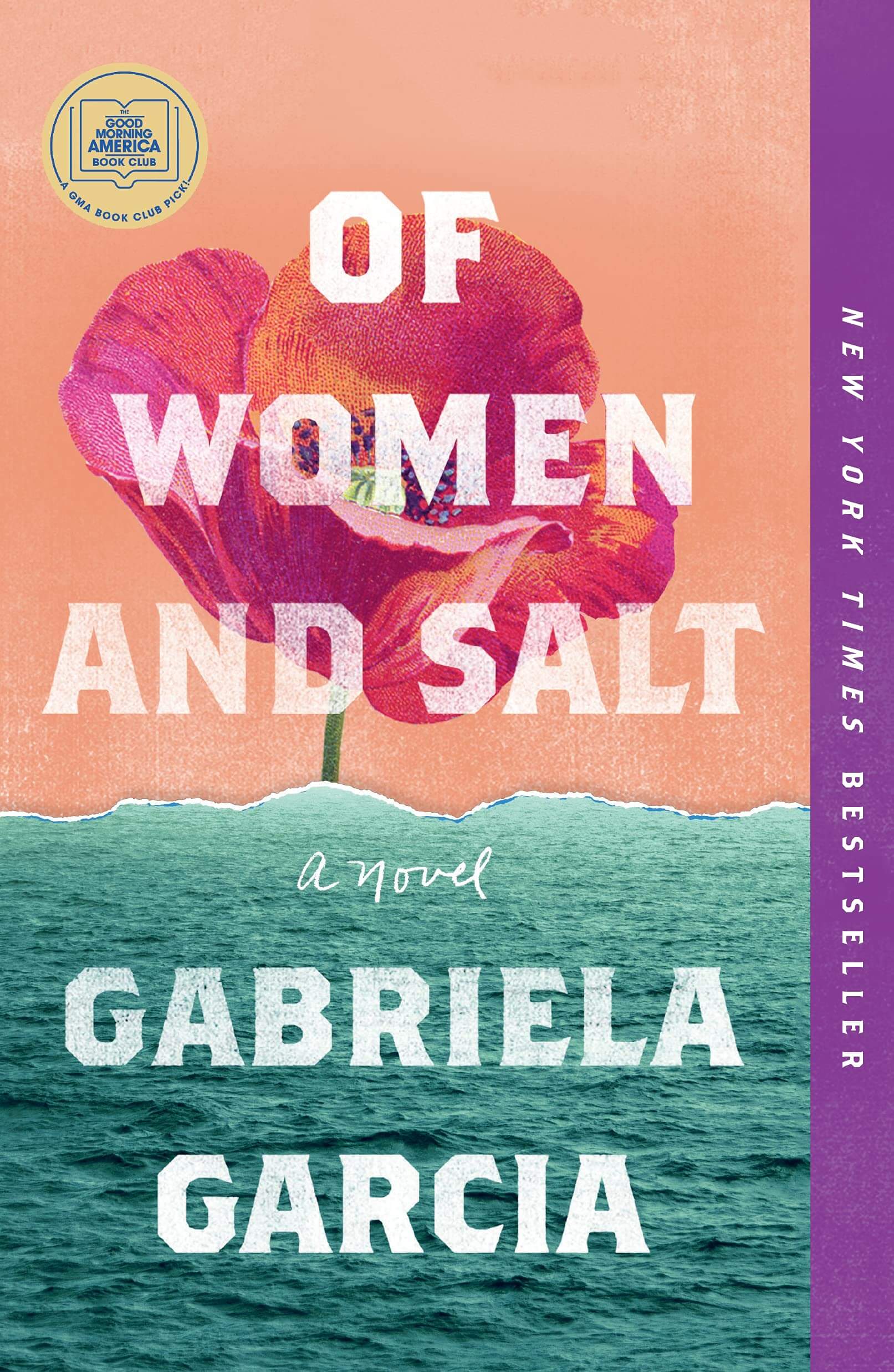
Of Women and Salt by Gabriela Garcia
A sweeping, multigenerational tale, Of Women and Salt opens in Miami and follows Jeanette, who is struggling with addiction, and her mother Carmen, a Cuban immigrant who is estranged from both Jeanette and her own mother. Toggling between Cuba, Mexico and the U.S., the book follows these women, the betrayals that haunt them, the choices mothers make on behalf of their children, and the crushing weight of family secrets.
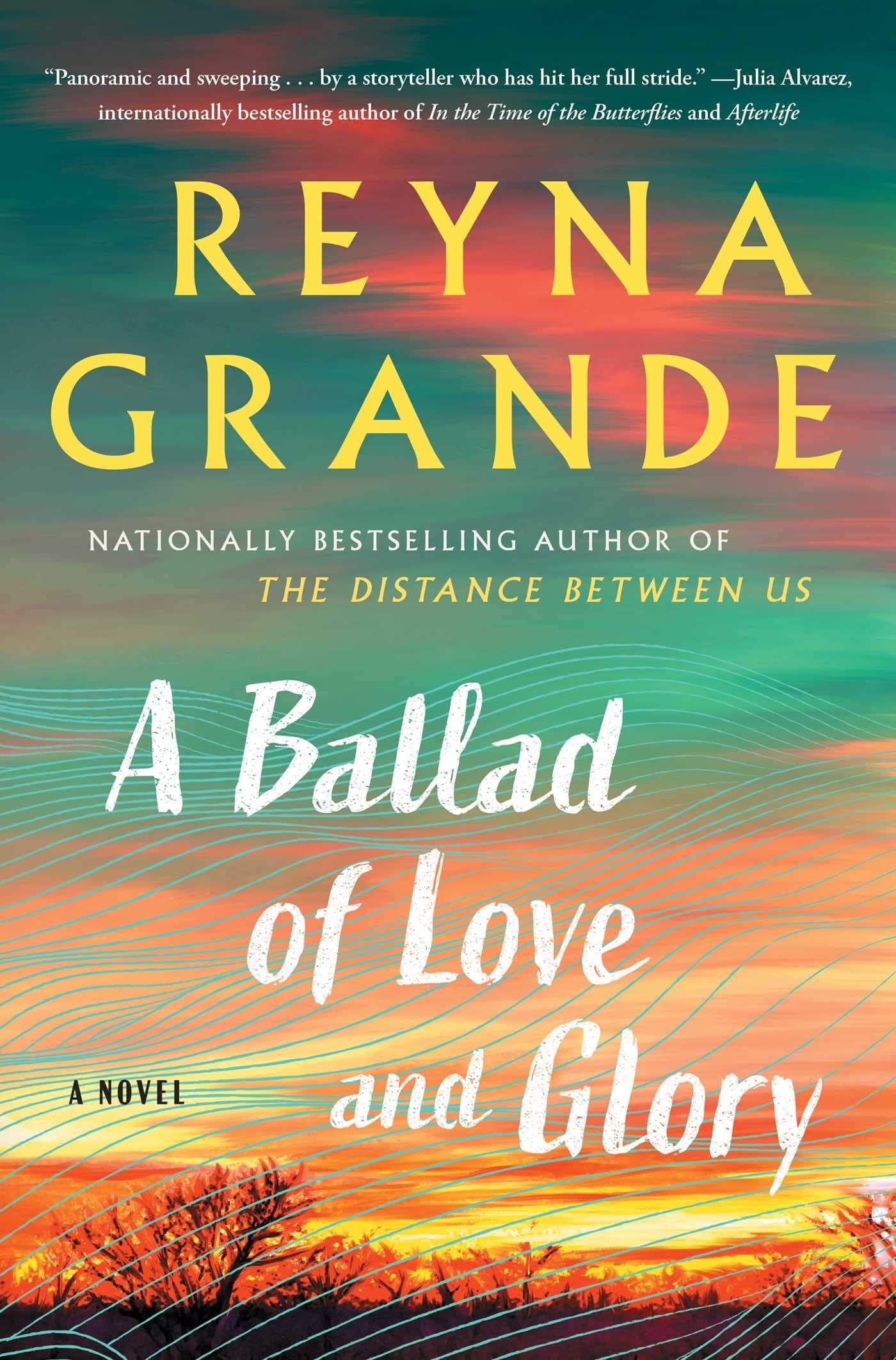
A Ballad of Love and Glory by Reyna Grande
Set against the backdrop of the Mexican-American War, this expansive epic saga follows Ximena, a Mexican army nurse, and John Riley, a disillusioned Irish soldier who deserted the American army to fight on behalf of the Mexican forces. Following her husband’s death at the hands of Texas rangers, Ximena leaves her home to treat injured soldiers on the various battlefields. Riley joins up with other American deserters to form the St. Patrick’s Battalion to protect Mexico from northern intrusion. When they meet on the battlefield, the unlikely pair find themselves drawn to each other.
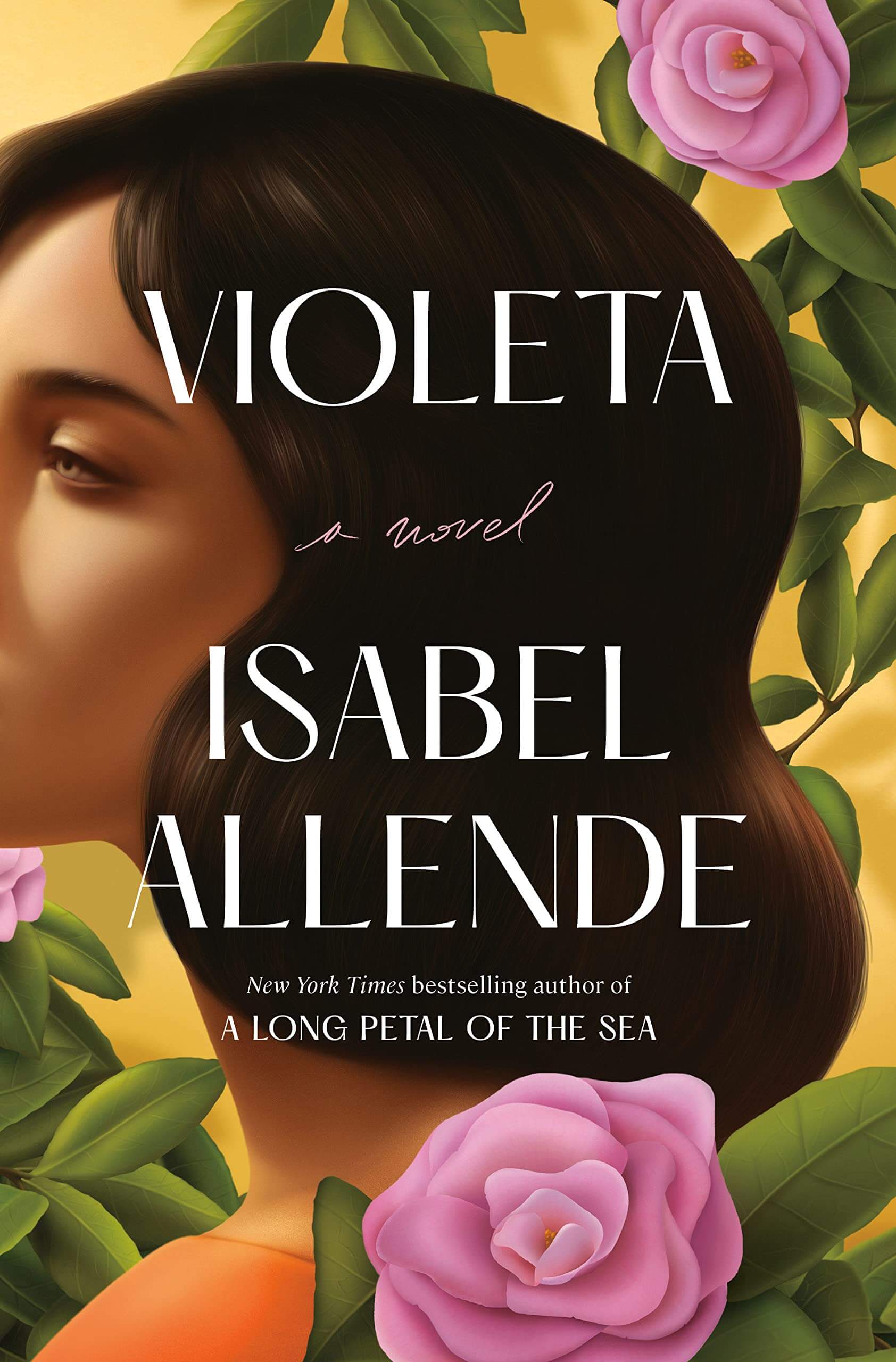
Violeta by Isabel Allende
Told in letters from Violeta to her grandson Camilo, this book chronicles the extraordinary life of a 100-year-old Chilean woman who has survived 2 pandemics, 2 world wars, and the myriad of events that occurred in the 20th century. Born on a stormy day in 1920 to a family with five lively sons, Violeta is a force of nature who depicts the decades in beautiful letters that bring to life her family, loves, losses, and the historic events taking place around her. This epic saga will transport the reader across a century of family drama and intense historical and political events.
Don’t miss these 7 WWII-era historical fiction novels set in Asia>>
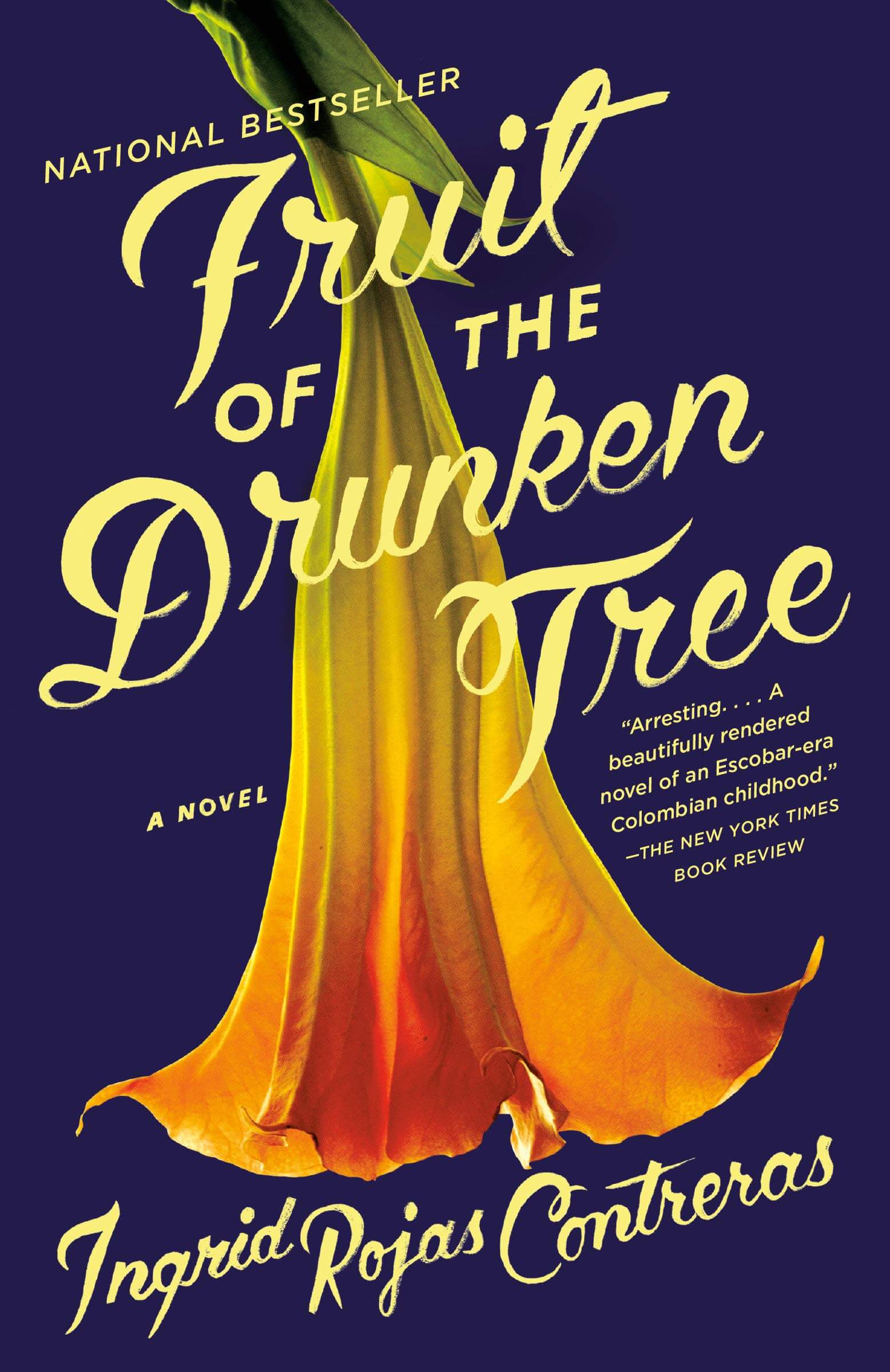
Fruit of the Drunken Tree by Ingrid Rojas Contreras
This debut novel is set in Colombia during the violently turbulent 1990s, when drug kingpin Pablo Escobar instilled fear in the country’s citizens. But Escobar was not the only threat to Colombian residents during this time period—Communist guerrillas were constantly trying to overthrow the government, kidnappings for ransom were occurring regularly, other drug lords worked to establish their own territory, and crime skyrocketed. Against this backdrop, Fruit of the Drunken Tree follows two young women as they come of age: Chula, a wealthy girl who lives in a gated community and Petrona, her live-in maid from the city’s slums. As their two lives begin to intersect, they find themselves making unimaginable decisions to protect their families.
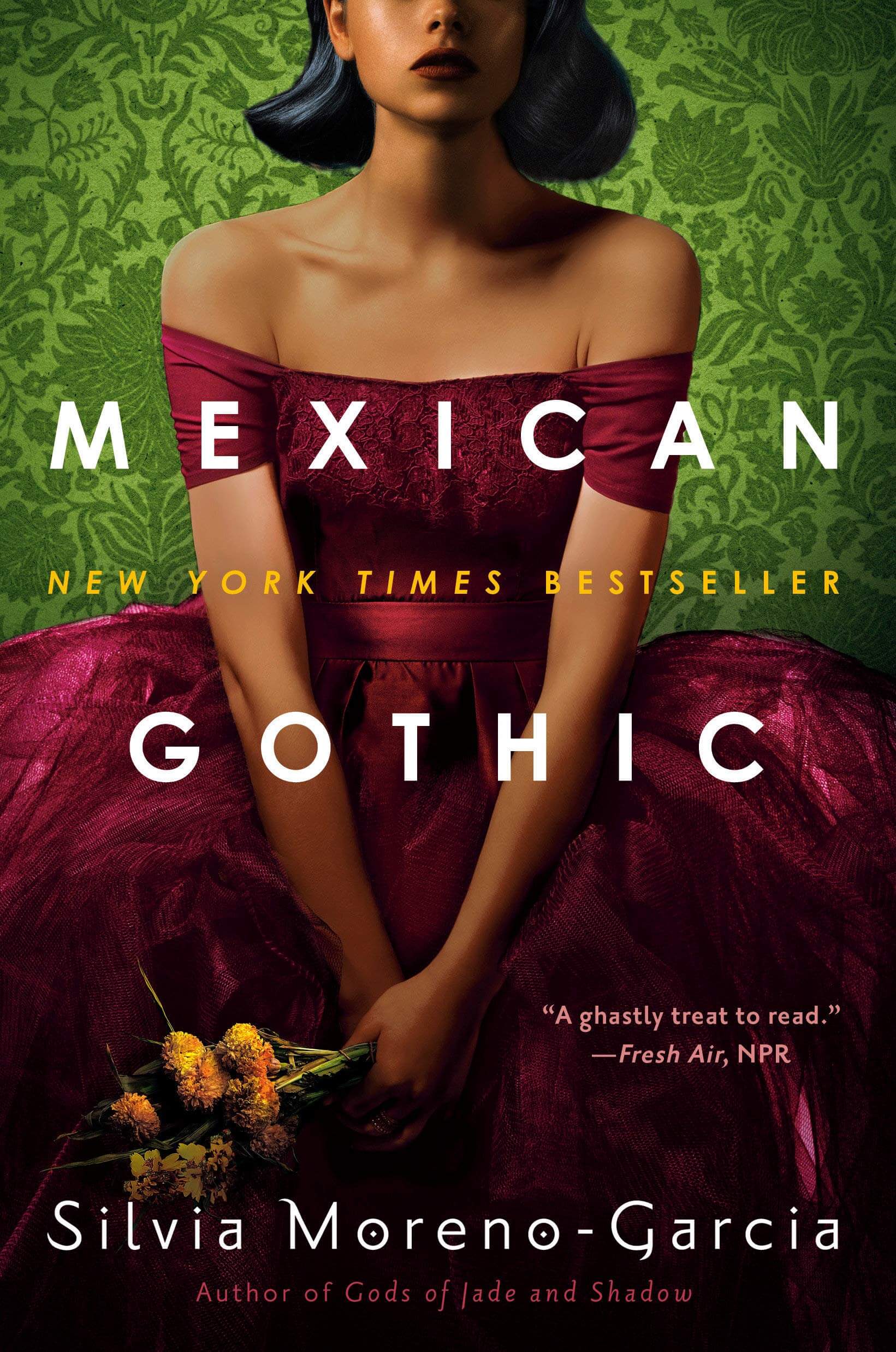
Mexican Gothic by Silvia Moreno-Garcia
Moreno-Garcia’s novel is set in 1950’s Mexico and is a mixture of gothic, horror and historical fiction. As the book opens, Noemi Taboada receives a startling and distraught letter from her recently married cousin, begging Noemi to come rescue her from certain doom. The cousin lives at High Place, a mysterious mansion in the Mexican countryside, and Noemi sets out to investigate her cousin’s concerns. Soon after her arrival, Noemi realizes that something sinister is at play at High Place and trying to determine who to trust will impact her survival.
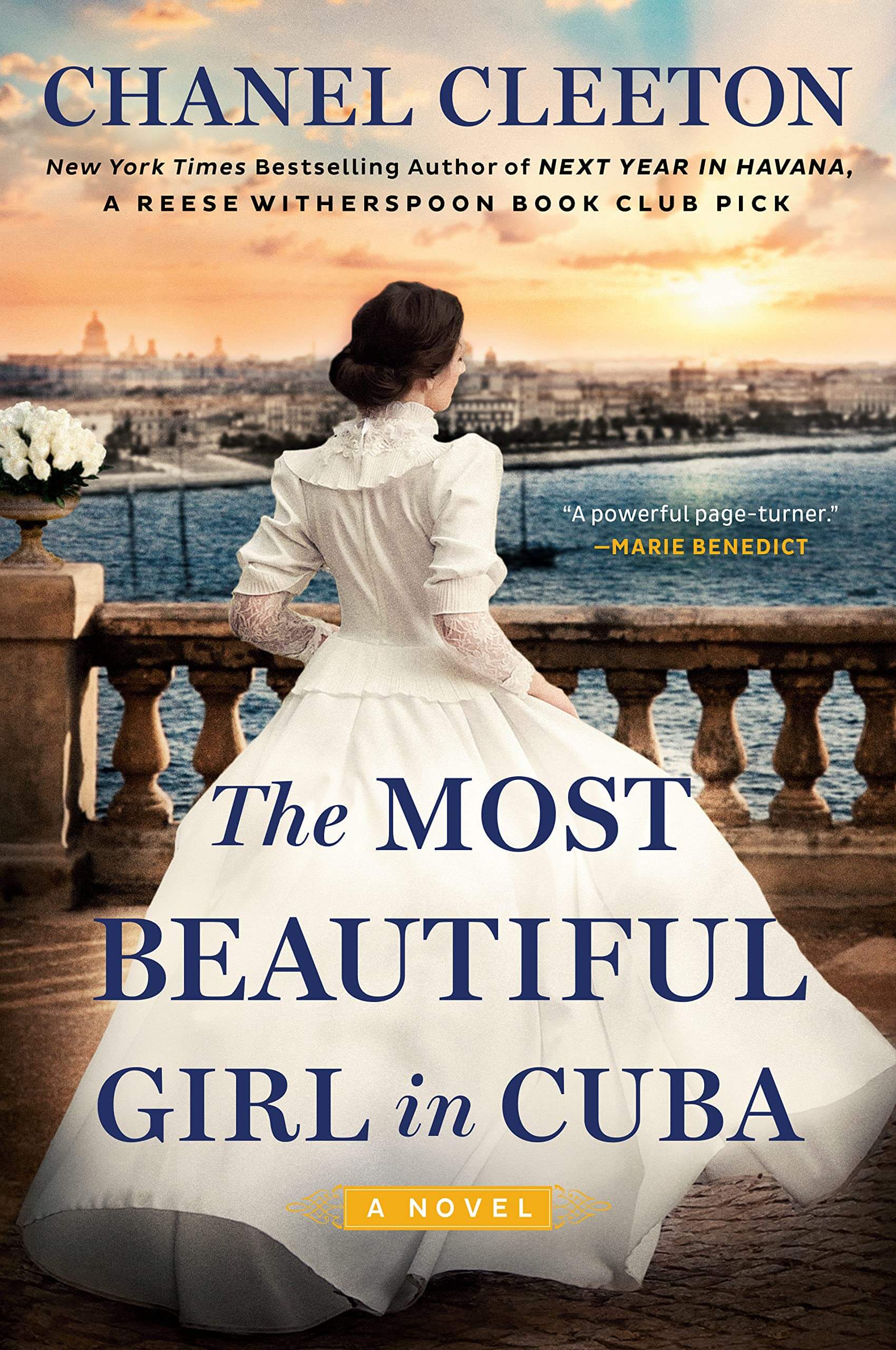
The Most Beautiful Girl in Cuba by Chanel Cleeton
During the Gilded Age, a battle to reign supreme in the newspaper industry rages between William Randolph Heart and Joseph Pulitzer. When Hearst learns about a Cuban woman named Evangelina Cisneros who is unfairly thrown in a Cuban jail, he plasters her image all over the front pages of his paper. Grace Harrington, a woman working for Hearst, works with others to free Evangelina, but when Cuban citizens are forced into camps, the mission to free Evangelina becomes increasingly more difficult. In The Most Beautiful Girl in Cuba, Cleeton provides a glimpse into Cuba’s fascinating history.
Here’s our must-read Gilded Age historical fiction book list>>
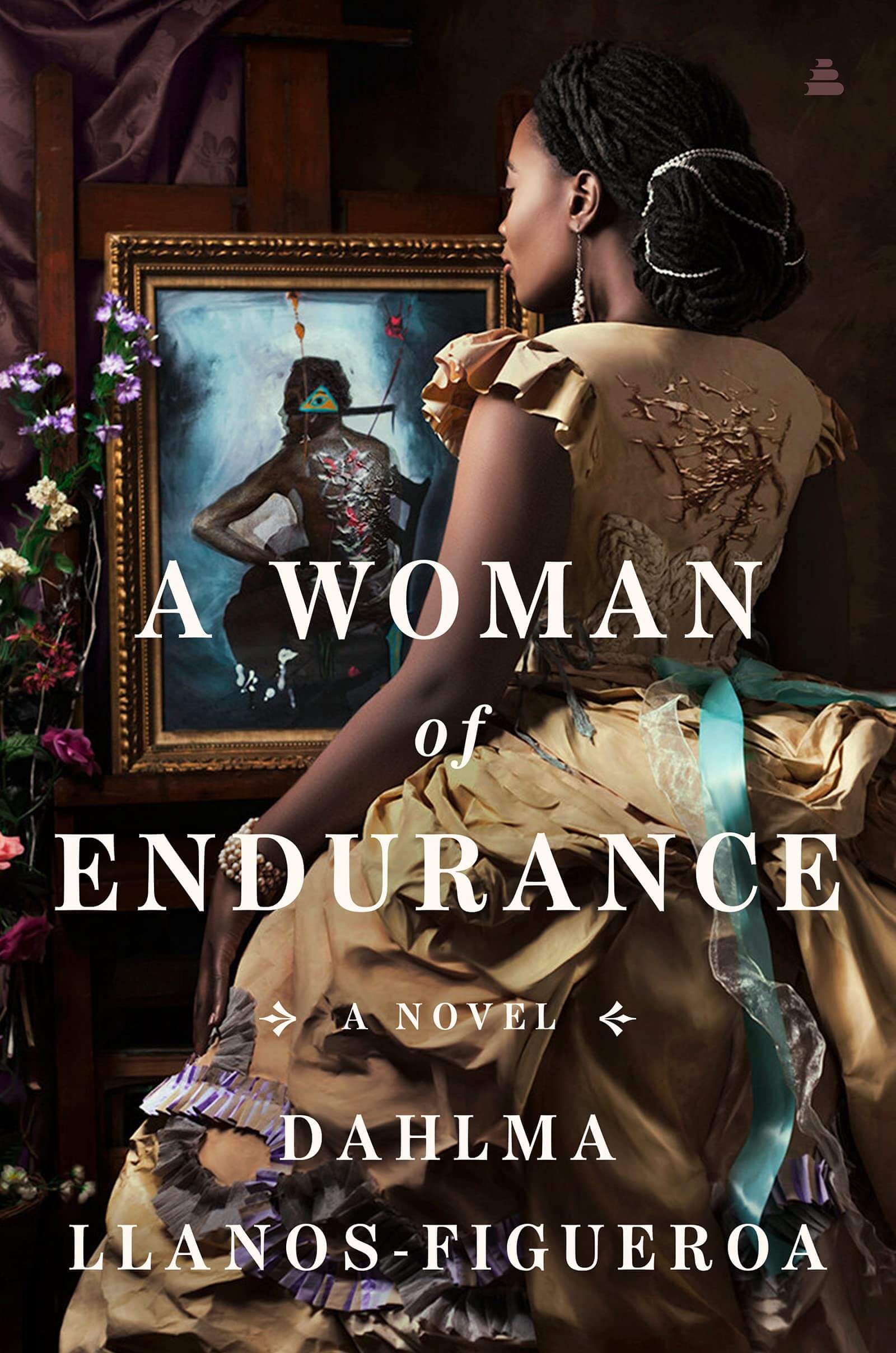
A Woman of Endurance by Dahlma Llanos-Figueroa
A Woman of Endurance takes place in Puerto Rico during the era of plantations and the slave trade. Pola, an African woman, is sold into captivity for the purpose of producing children to work as slaves. After enduring extreme hardship and a brutal event, Pola is left disfigured and is subsequently sold for almost nothing to another plantation which allows her to find some sense of security in her horrible world. The author does not shy away from graphic depictions of the violence inflicted on Pola, but she also focuses on the strength of the human spirt and the effects of community and fellowship.
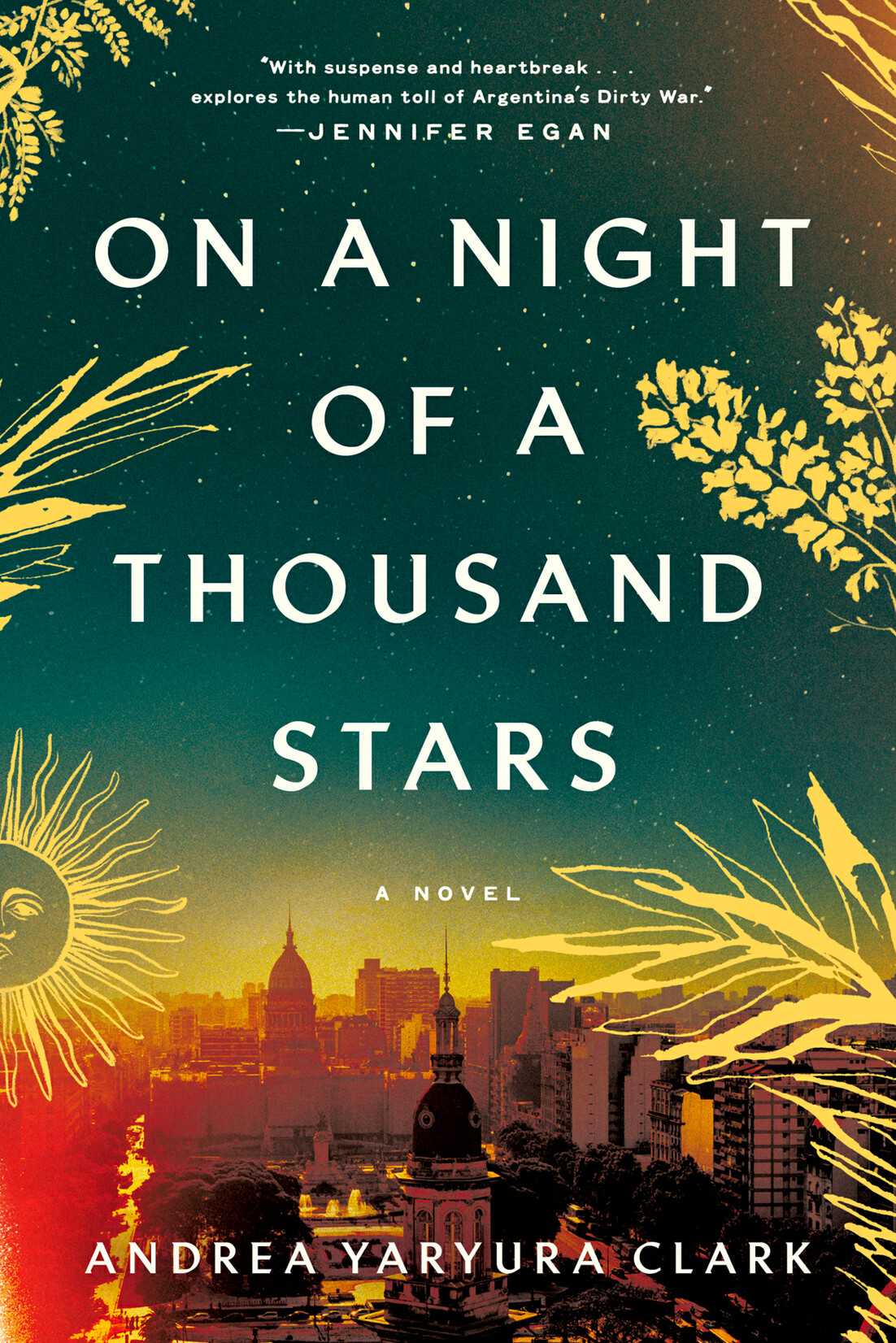
On a Night of a Thousand Stars by Andrea Yaryura Clark
Relayed in a dual-timeline format, A Night of a Thousand Stars tells the story of Argentina’s Dirty War in the 1970s and the long-term impact on its citizens and those left behind. During this era, many individuals were “disappeared” by the government leaving families to wonder what happened to their love ones. Toggling between 1970s Buenos Aires and 1998 New York, the book follows the Larrea family as its members make sacrifices and decisions in order to survive and protect themselves and their loved ones from the random disappearances experienced during this brutal era and chronicles the toll those choices eventually take on everyone involved. A Night of a Thousand Stars shines the light on a tragic era in Argentina’s history and demonstrates the long-lasting consequences of violence and other atrocities.

Find Me in Havana by Serena Burdick
This epistolary novel is a mother-daughter tale based on the real-life Cuban singer and actress Estelita Rodriguez, who began performing when she was just nine years old. Burdick conducted interviews with Nina Lopez, Estelita’s daughter, to craft the book and bring Estelita’s story to life. As the two women write letters back and forth, details unfold about Estelita’s life as a Hollywood actress and the stream of men that cycled through her home. Her decision to send Nina away to boarding school damages the women’s relationship, and once she passes away, Nina spends her time trying to understand her mother’s decision and how those choices impacted intentionally and unintentionally impacted Nina.
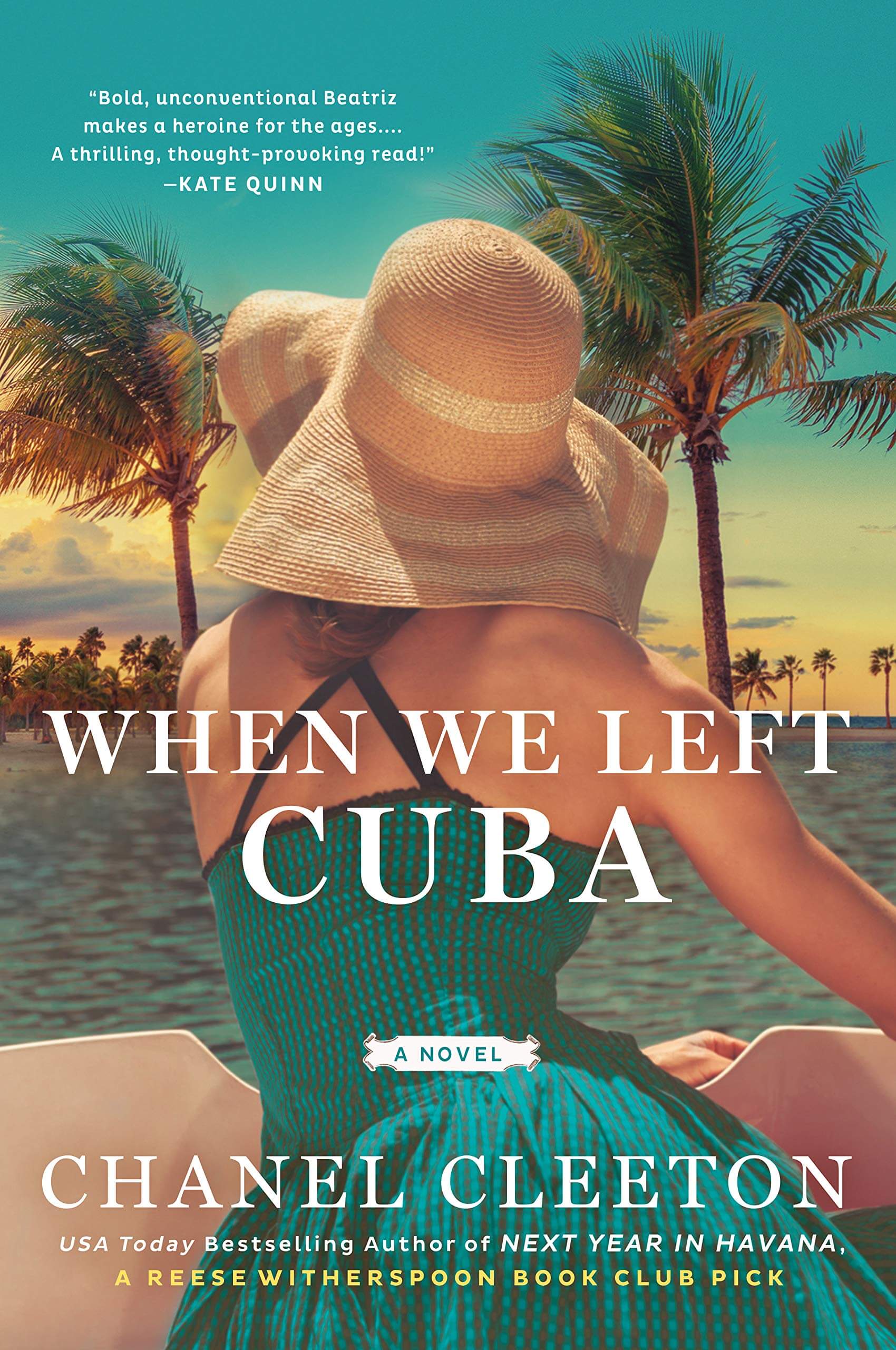
When We Left Cuba by Chanel Cleeton
When We Left Cuba opens in the 1960s, and Beatriz and the Perez family are living in Florida after the Cuban Revolution forced them to leave everything behind in Cuba. The novel follows Beatriz Perez and her desire for revenge against Fidel Castro and his cronies who forced her family to leave Cuba. Cleeton brings the politics of the era to life and focuses on the United States’ involvement in trying to topple Castro, while also depicting historical events of the 1960s, such as The Bay of Pigs, the Cuban Missile Crisis and Kennedy’s assassination through the lives of her characters.
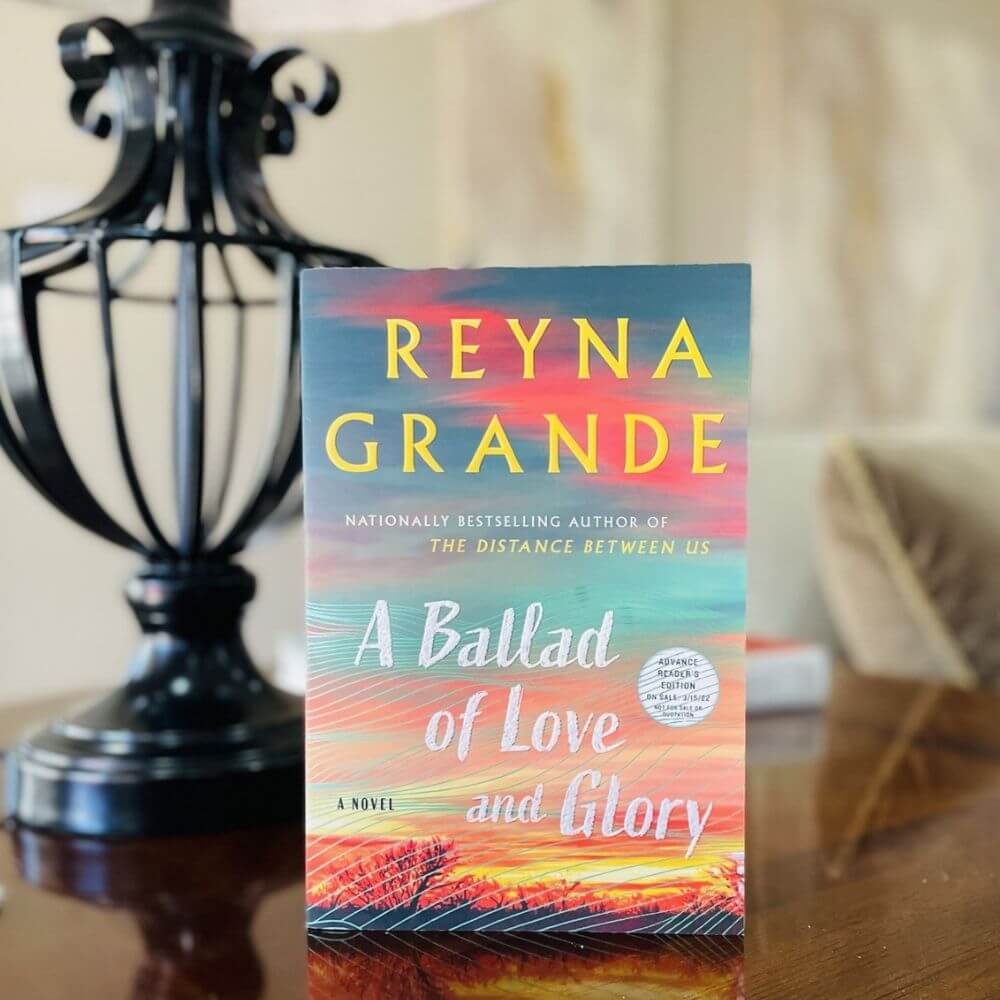

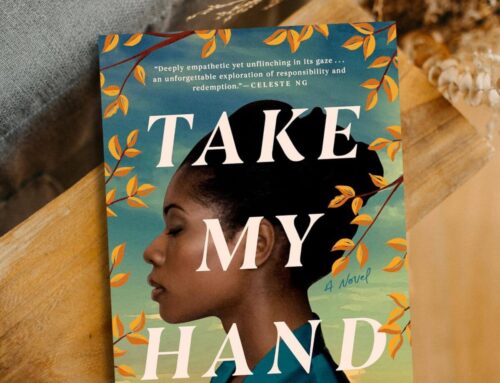
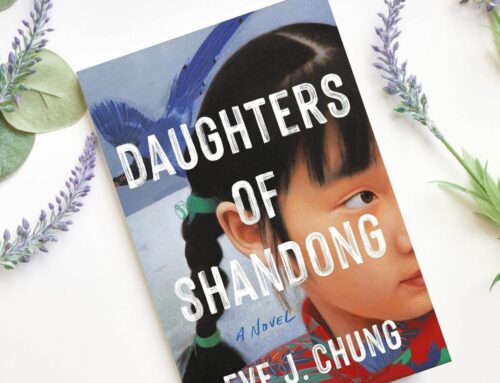
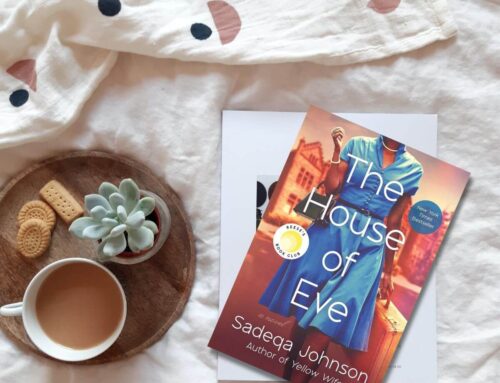
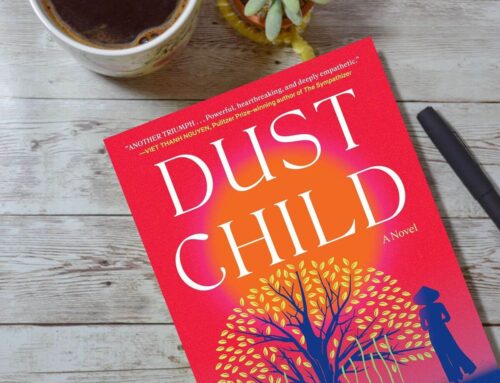
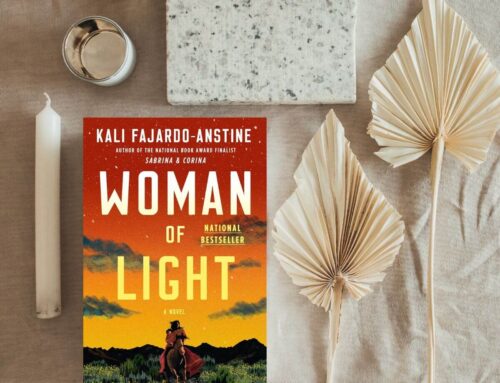
Leave A Comment